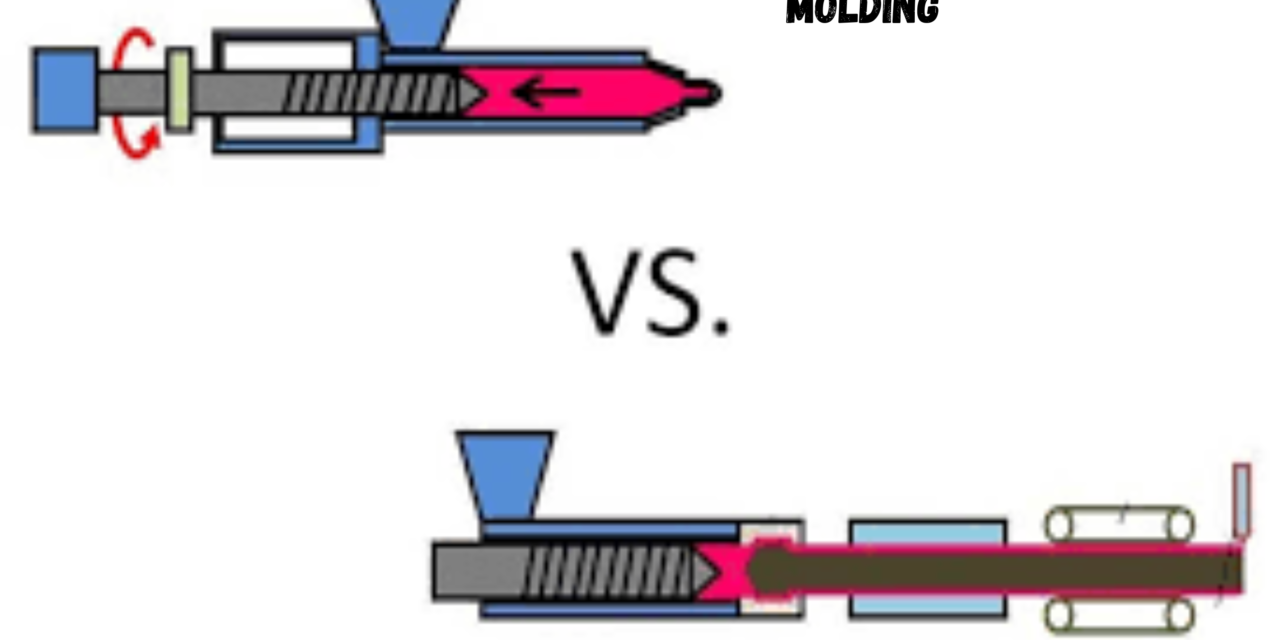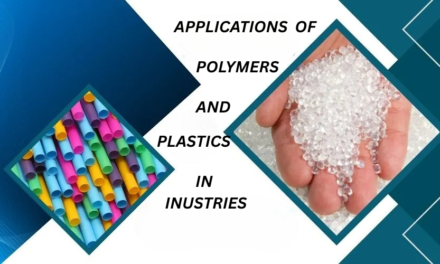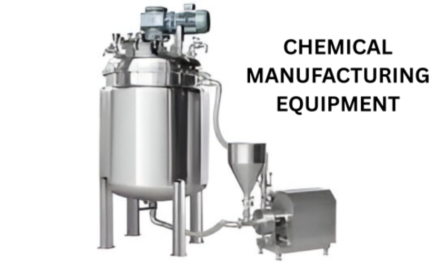Plastic Extrusion vs. Injection Molding: A Comparison
Both plastic extrusion and injection molding are widely used in plastic manufacturing, but they serve different purposes and are suited for specific applications. Here’s how they compare:
1. Process Overview
Plastic Extrusion
- Involves pushing molten plastic through a shaped die to form continuous profiles.
- Used to create products like pipes, tubing, sheets, films, and window frames.
- The process is continuous, making it highly efficient for long production runs.
Injection Molding
- Involves injecting molten plastic into a closed mold cavity, where it cools and solidifies into the desired shape.
- Used for complex, detailed, and three-dimensional parts such as automotive components, containers, and consumer goods.
- Produces discrete parts, making it suitable for mass production of identical items.
2. Material Usage
Plastic Extrusion
- Works well with thermoplastics, including PVC, polyethylene, polypropylene, and polystyrene.
- Can also process rubber-like elastomers for flexible tubing and seals.
- Material waste is minimal since excess plastic can be re-extruded.
Injection Molding
- Compatible with both thermoplastics and thermosetting polymers.
- Common materials include ABS, polycarbonate, nylon, and polyurethane.
- Scrap plastic from runners and sprues can sometimes be recycled but often generates more waste than extrusion.
3. Applications and Suitability
Plastic Extrusion
- Best for continuous products such as:
- Pipes and tubes
- Window and door frames
- Plastic sheets and films
- Coatings for electrical wires and cables
- Ideal for applications requiring long, uniform cross-sectional shapes.
Injection Molding
- Suitable for complex, detailed parts including:
- Medical devices
- Consumer electronics cases
- Automotive dashboards and components
- Bottle caps, containers, and packaging
- Ideal for applications requiring precision, intricate details, and high repeatability.
4. Production Speed and Efficiency
Plastic Extrusion
- Continuous process allows for high-speed production.
- Suitable for high-volume manufacturing of long-profiled products.
- Post-extrusion cooling and cutting may be required, adding time.
Injection Molding
- Batch process, meaning each cycle produces a set number of parts.
- Cycle times vary (a few seconds to minutes) depending on part size and complexity.
- High initial mold cost, but once set up, the process is fast and efficient for large-scale production.
5. Tooling and Setup Costs
Plastic Extrusion
- Lower tooling costs since dies are simpler compared to injection molds.
- Dies can be reused for multiple production runs with minor modifications.
Injection Molding
- Higher upfront costs due to complex molds, which can be expensive to manufacture.
- Molds must withstand high-pressure injection cycles, requiring strong materials and precise engineering.
- Cost-effective for mass production, as the cost per part decreases with higher volumes.
6. Quality and Surface Finish
Plastic Extrusion
- Produces parts with consistent cross-sections, but surface finish may require post-processing (e.g., trimming, polishing).
- Some die swell may occur, leading to minor variations in dimensions.
Injection Molding
- Offers high precision, tight tolerances, and smooth finishes.
- Mold design allows for texturing, custom finishes, and intricate details.
- Post-processing may be needed for de-flashing or secondary operations.
7. Waste and Environmental Impact
Plastic Extrusion
- Minimizes waste since excess material can be re-extruded.
- Energy-efficient due to its continuous nature.
- Suitable for recycling applications, such as repurposing plastic into films or sheets.
Injection Molding
- Generates waste from runners, sprues, and defective parts, although some can be recycled.
- Uses more energy per cycle compared to extrusion due to high-pressure injection and cooling requirements.
- Innovations in biodegradable and recycled plastics are improving sustainability.
8. Customization and Flexibility
Plastic Extrusion
- Limited to uniform cross-section designs.
- Modifications require new die designs but are generally cost-effective.
Injection Molding
- Allows for complex, intricate geometries and multi-material molding.
- Changes in part design may require new mold fabrication, which can be costly.

















